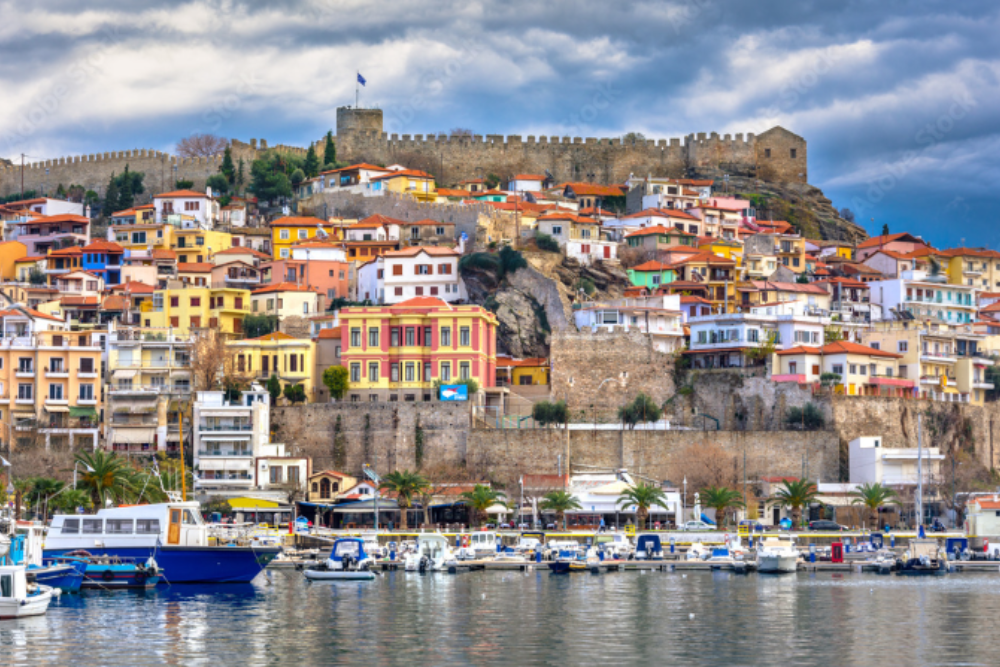Introduction
Kavala is a waterfront city in northern Greece, situated in the district of Eastern Macedonia and Thrace. It is known for its pleasant scenes, delightful sea shores, and rich history. The city has a blend of old and current impacts, with prominent locales like the Kavala Fortification, the old theater, and the Roman water channel. Kavala is likewise popular for its flourishing port and its job as a center for exchange and trade. Moreover, it is the doorway to the close by island of Thasos and offers a mix of verifiable milestones and normal excellence.
Hiking to the Kavala Fortress
 • Climbing up to the Kavala Fortification, roosted on a slope, offers an intriguing experience. The course follows you through grand ways with all-encompassing perspectives on the city, the harbor, and the encompassing shore. Once at the top, guests can investigate the actual post, a blend of Byzantine, Ottoman, and middle age engineering, with verifiable importance tracing all the way back to old times.
• Climbing up to the Kavala Fortification, roosted on a slope, offers an intriguing experience. The course follows you through grand ways with all-encompassing perspectives on the city, the harbor, and the encompassing shore. Once at the top, guests can investigate the actual post, a blend of Byzantine, Ottoman, and middle age engineering, with verifiable importance tracing all the way back to old times.
Beach Activities at Kalamitsa Beach
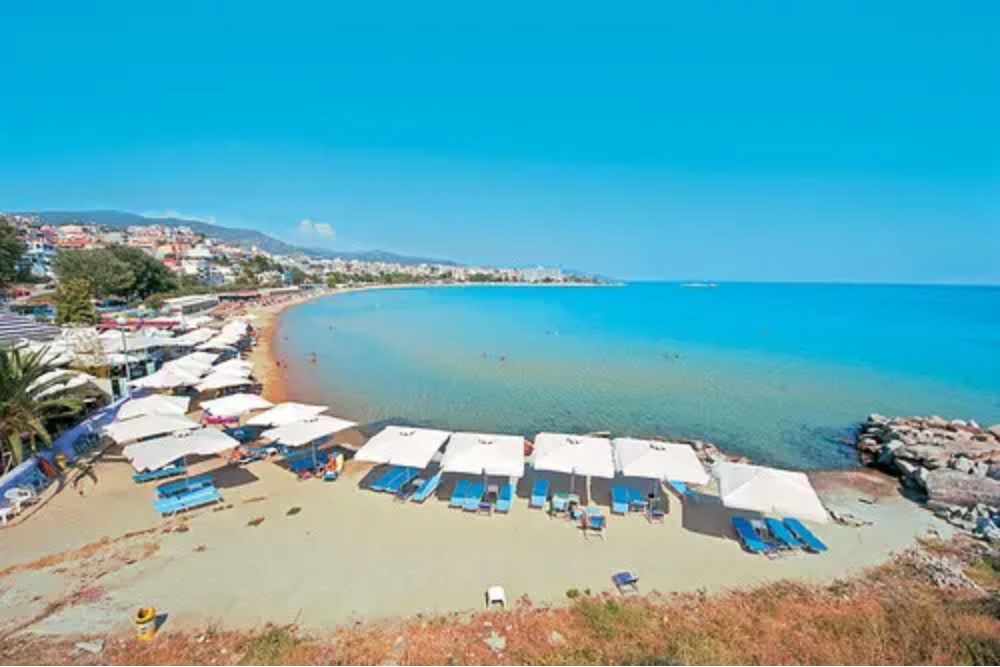
• Kalamitsa Ocean side, known for its perfectly clear waters and sandy shores, is great for different ocean side experiences. Guests can enjoy water sports like stream skiing, windsurfing, or kayaking. The quiet, shallow waters additionally make it ideal for swimming and swimming, with energetic marine life underneath the surface.
Snorkeling at Vrasida Bay
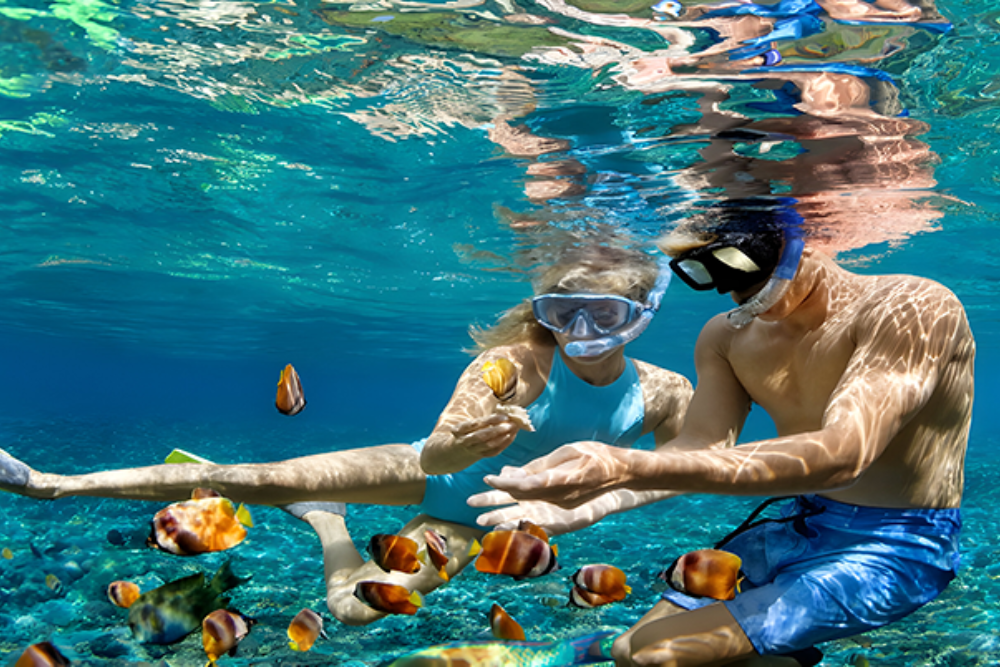
• For those intrigued by submerged undertakings, Vrasida Narrows offers a fabulous swimming encounter. Found a short drive from Kavala, this cove is known for its quiet waters and plentiful marine life. Swimmers can investigate the ocean bottom, experience bright fish, and partake in the serenity of the sound.
Cycling along the Egnatia Coast
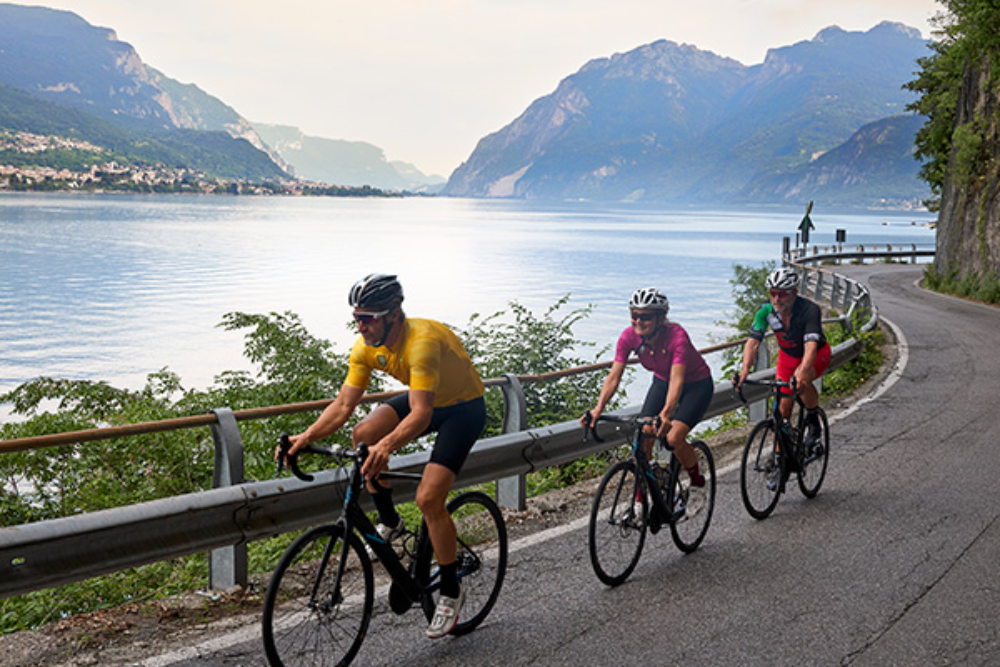
• Kavala and its environmental elements are ideally suited for cycling lovers. A bicycle ride along the Egnatia Coast, which runs lined up with the Aegean Ocean, offers cyclists dazzling perspectives on the water, rough bluffs, and the olive forests. The course is reasonable for both easygoing cyclists and those searching for really testing territory.
Fishing Tours in the Aegean Sea
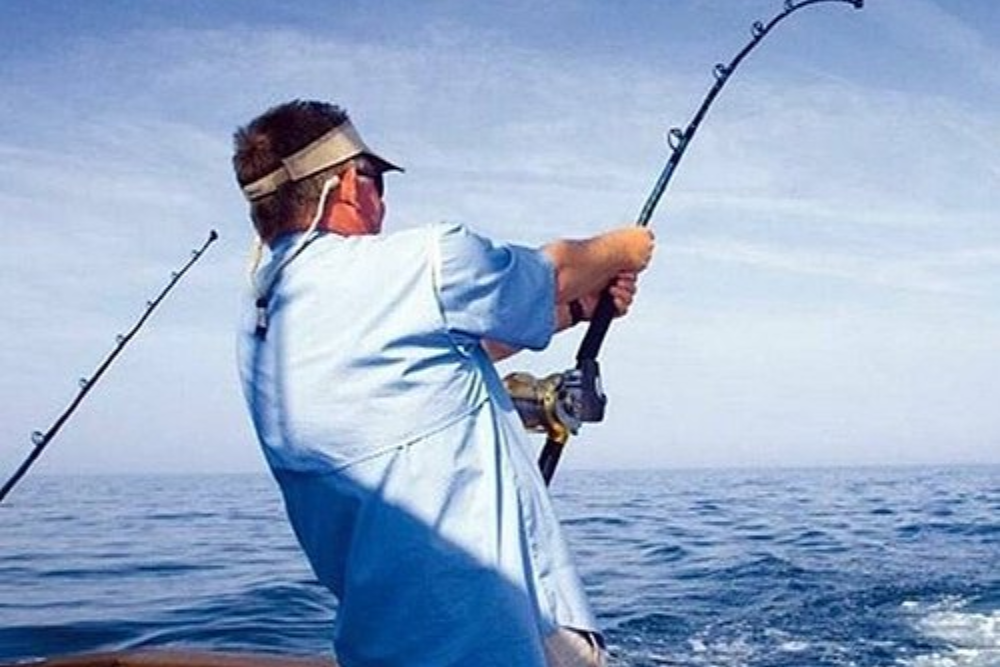
• Fishing fans can set out on a directed fishing visit in the Aegean Ocean. These visits offer the opportunity to encounter nearby fishing customs, loosen up on the boat, and catch an assortment of fish. Guests can partake in the tranquil waters and may try and get the opportunity to cook their catch with neighborhood fixings.
Imaret Building
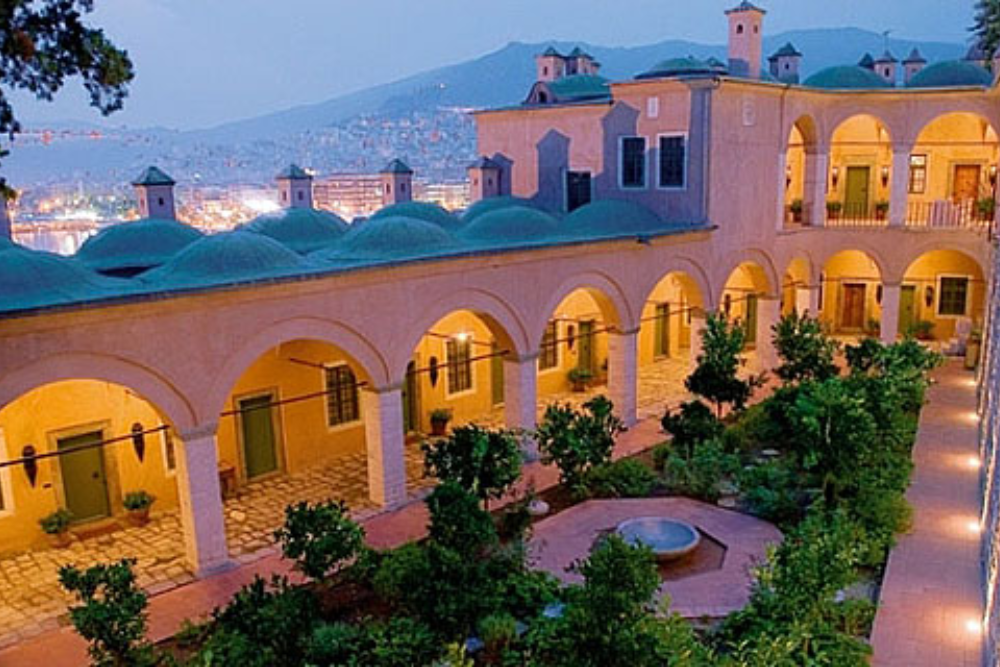
• The Imaret in Kavala is a verifiable Ottoman structure that has been delightfully reestablished. Initially worked as a strict school and a spot for voyagers, the Imaret is currently a lodging that mirrors the city’s Ottoman legacy. Guests can investigate its great design and partake in some Turkish espresso while absorbing the air of the nineteenth hundred years.
The Archaeological Museum of Kavala

• The Archeological Exhibition hall of Kavala offers a more profound comprehension of the city’s old history. It highlights ancient rarities from different verifiable periods, including the ancient, traditional, and Roman times. Features incorporate figures, ceramics, and coins tracked down in the locale, as well as displays devoted to the old city of Philippi.
The Port of Kavala
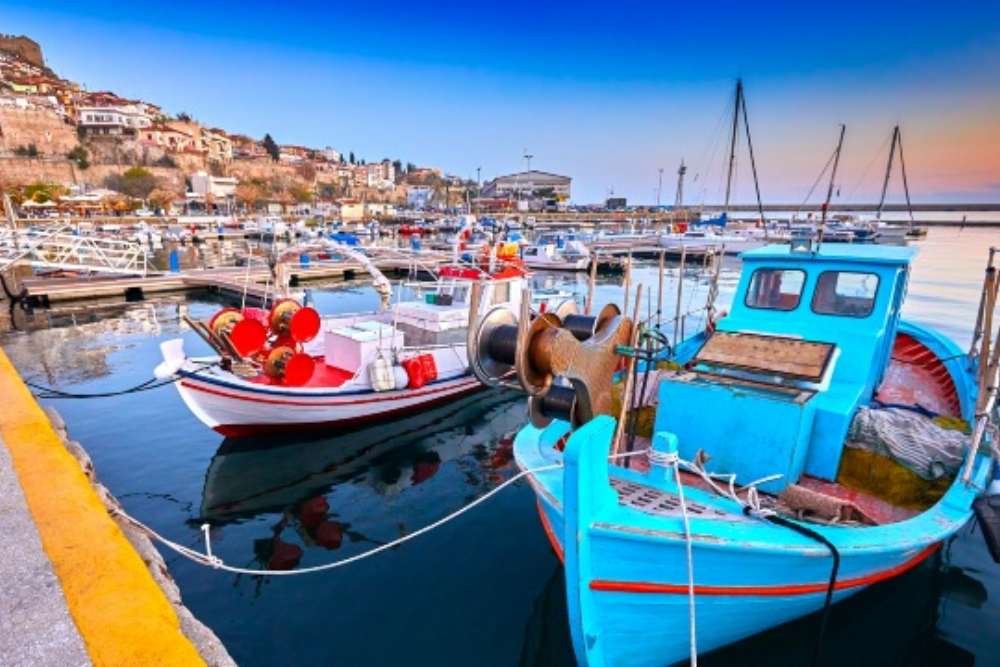
• The Port of Kavala is both a functioning harbor and a vacation spot. Guests can appreciate walking around the waterfront, watching ships moor, and investigating the encompassing bistros and cafés. The port region is especially beautiful during nightfall, offering pleasant perspectives on the city and the Aegean Ocean, making it an ideal spot for a relaxed night walk.
Dos and Don’ts in Kavala
Dos
- Do Enjoy the Local Cuisine: Kavala is known for its delightful fish and conventional Greek dishes. Try not to pass up attempting neighborhood fortes like kavourmas (a sort of protected meat), bougatsa (a sweet or flavorful cake), and new fish dishes. Appreciate them at one of the coastline tavernas for a credible encounter.
- Do Visit the Beaches: Kavala has a few lovely sea shores. Invest energy at Kalamitsa Ocean side or Vrasida Cove for swimming, sunbathing, or participating in water sports like fly skiing or windsur
- Do Respect Local Traditions: Greek culture is wealthy in customs. While visiting temples or verifiable locales, dress unassumingly and consciously. Welcome local people with a cordial “Kalimera” (Great morning) and utilize fundamental Greek expressions to show appreciation for their language and culture.
Don’ts
- Don’t Forget to Tip: Tipping is valued in Greece, especially in eateries, bistros, and for administrations like cabs. While not required, a tip of 5-10% of the complete bill is normal in the event that you’re content with the help. Neglecting to tip when the help is great might be viewed as inconsiderate.
- Don’t Expect Everything to Be Open Late: Dissimilar to some vacationer weighty Greek islands, Kavala is a generally quiet city, and many shops and organizations close prior, particularly on Sundays. Abstain from expecting late-evening shopping or feasting except if you’re in a vacationer center point or by the coastline.
- Don’t Neglect Sun Protection: Throughout the late spring months, the sun can be serious in Kavala. Try to wear sunscreen, a cap, and remain hydrated. Try not to underrate the intensity, particularly while investigating the sea shores or climbing to the Kavala Post.
Best time to reach in Kavala
Spring (April to June):
- Spring offers lovely temperatures, going from 15°C to 25°C (59°F to 77°F), making it ideal for touring, climbing, and ocean side exercises without the serious summer heat.
- The city and its encompassing scenes are lavish and dynamic, with blossoming blossoms and clear skies, upgrading the experience of investigating verifiable locales and nature trails.
- Spring is viewed as the shoulder season, importance there are less sightseers, considering a looser and pleasant visit to attractions like the Kavala Post and Old Theater.
Pre-winter (September to October):
- Pre-winter brings warm climate, with temperatures somewhere in the range of 20°C and 28°C (68°F to 82°F), ideal for partaking in the sea shores and open air exercises like cycling or climbing.
- Like spring, pre-winter sees less travelers contrasted with the pinnacle midyear months, offering a quieter encounter while visiting well known places of interest and neighborhood cafés.
- Fall is likewise the collect season for nearby leafy foods, so it’s an incredible opportunity to taste new, occasional produce and appreciate neighborhood celebrations or wine samplings.
Summer (July to August):
- While summer is a pinnacle season for beachgoers, with temperatures coming to 30°C (86°F) and now and then higher, it can get very blistering, particularly for investigating verifiable destinations or climbing.
- Summer brings a great deal of travelers, making well known spots like sea shores and cafés more swarmed, and facilities might be more costly.
- Assuming you’re fundamentally intrigued by ocean side exercises or water sports, the midyear months are ideally suited for partaking in the Aegean Ocean.



